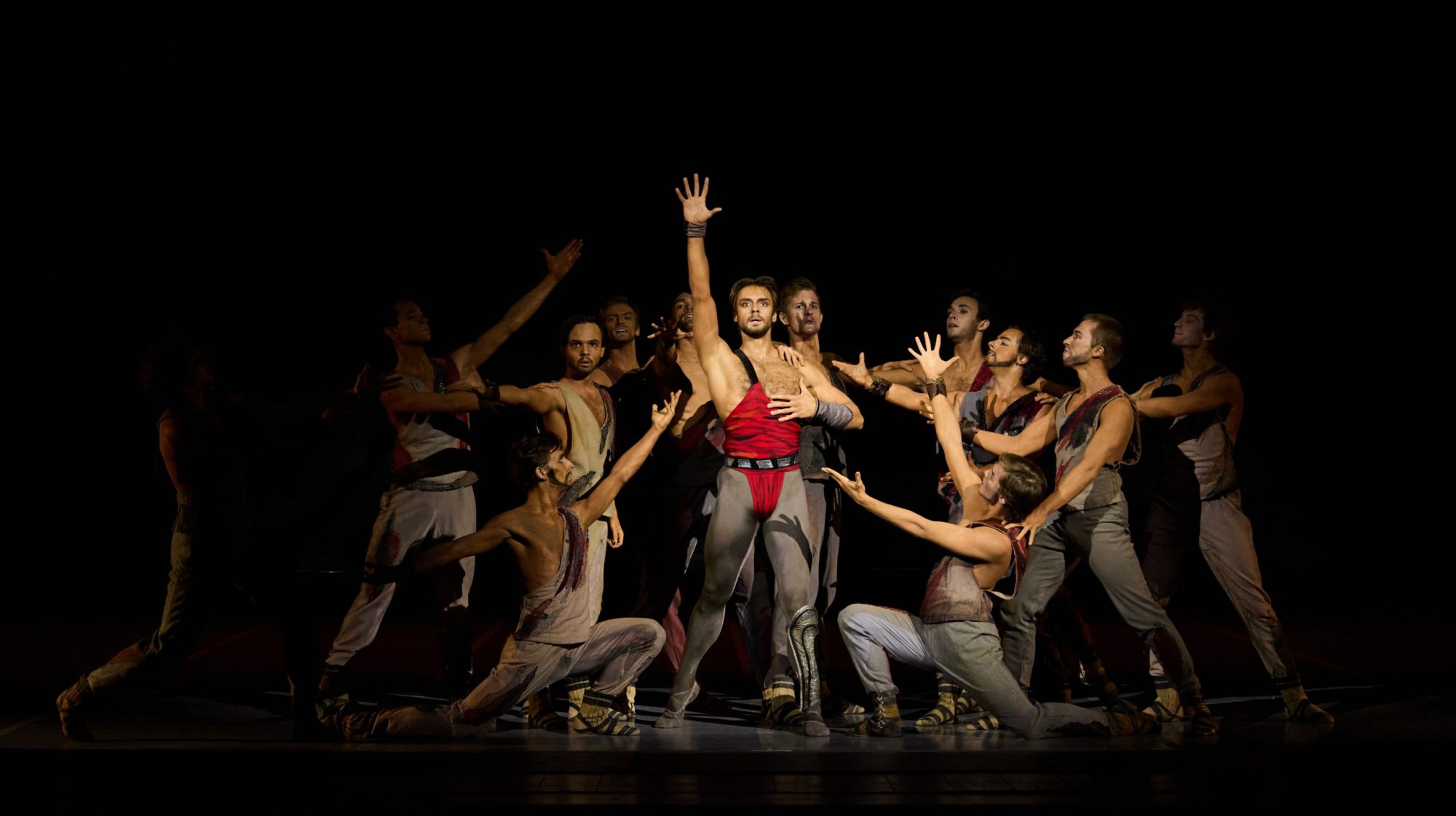“2. International Ballet Gala”
Ballet of the State Theater Nuremberg
State Theater
Nuremberg, Germany
March 20, 2015
by Ilona Landgraf
Copyright © 2015 by Ilona Landgraf
 Goyo Montero is in his seventh season as artistic director of the State Theater Nuremberg’s ballet. Since then the Spaniard has established the troupe’s reputation – nationally as well as internationally. Last weekend’s ballet gala – the second since Montero took over the reins – gave ample proof that dance prospers in Middle Franconia’s largest city.
Goyo Montero is in his seventh season as artistic director of the State Theater Nuremberg’s ballet. Since then the Spaniard has established the troupe’s reputation – nationally as well as internationally. Last weekend’s ballet gala – the second since Montero took over the reins – gave ample proof that dance prospers in Middle Franconia’s largest city.
Montero, son of a ballerina and a dancing and choreographing father, studied at the Royal Conservatory for Professional Dance in Madrid and the School of the National Ballet of Cuba. Amongst others he danced with the Deutsche Oper Berlin and the Royal Ballet of Flanders. Solidly rooted in classical dance, Montero explores contemporary movement vocabulary in his choreography. This season his company, twenty-two dancers, many of them his compatriots, present works by Nacho Duato, Johan Inger, Ohad Naharin in addition to Montero’s own creations. In early July they will guest with “Cinderella” at the Chekhov International Theatre Festival in Moscow. Dance definitely has moved on from its former niche existence in Nuremberg!
This season’s gala wasn’t sparing with highlights: on the guest list were dancers from Stuttgart Ballet, Semperoper Ballet Dresden, English National Ballet, Les Ballets de Monte Carlo and Stanislavsky Ballet Moscow sharing the program with Nuremberg’s troupe. Continue reading “A Well Assembled Spectrum”














